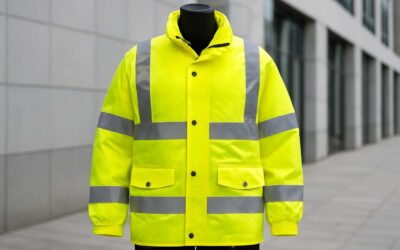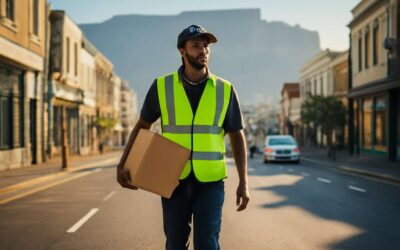
Safety clothing protects employees from any hazards they might face while working at their jobs. Also known as PPE (Personal Protective Equipment), this type of apparel can reduce the risk of injuries, illnesses, and other legal issues. It is generally decided upon after a thorough risk assessment has been conducted and helps to ensure a healthy and happy working environment.
There are different types of safety clothing based on an employee’s work nature. For instance, those who handle chemicals or other hazardous substances are likely to wear protective suits to avoid any chemical spills that might cause skin burns, eye irritation, or even internal injuries. The same applies to employees who are dealing with high temperatures. They should be wearing a special heat resistant dress that will prevent the external body temperature from increasing and at the same time allow the metabolic heat to escape the system.
Another type of personal protective equipment that is required by law is hard hats and other head protection gear. These items are meant to prevent serious head injuries while allowing the worker to move around freely. Usually, these pieces of equipment are specialized for different types of industries and can include hard hats with a harness that is attached to an anchor point in case a person falls. They can also include a full face shield to protect the eyes and mouth from any dust, slag or sparks.
In addition to this, a variety of other protective garments are also available for specific job hazards. These can include aprons, coveralls, jackets, coats, pants, hats, sleeves and gloves. They can be made from a range of materials depending on the hazard and may take the form of flame-resistant clothing, thermal insulation and totally encapsulating chemical protective suits.
Lastly, those who are regularly exposed to moving vehicles should be wearing high visibility clothing. This will help to ensure they are seen by drivers and can safely cross the road. They can be made from a variety of materials, including fluorescent yellow-green, bright orange-red or ANSI 107 reflective material. It is important to keep in mind that these clothes need to be cleaned and maintained regularly to maintain their optimal brightness.
Keeping these garments clean will improve their effectiveness in poor light conditions. It is also recommended to replace them if they show signs of wear and tear, soiling or contamination. This will ensure that they provide the maximum level of protection for their intended use. Similarly, hard hats should be replaced after any impact and other forms of wear and tear should be repaired or replaced immediately. This will guarantee the highest levels of safety for workers. By following these simple tips, you can make sure your staff is protected and healthy while on the job. This will not only minimize any health and legal risks, but also will enhance productivity. By keeping your staff safe, you can focus on what’s really important – your business.



0 Comments